Say you’re out for a bit of winter birding at the local nature reserve. You’ve been seeing some interesting waterfowl species in the wetlands, and you hope to add some new ones to the list. You’re ready: binoculars in hand, the duck pages in your field guide bookmarked for easy access. You know how to tell a gadwall from a hen mallard, a greater scaup from a ring-necked duck. You’re feeling good about your duck-spotting credentials.
And then, as you eye up the nearest flock, you see something…wacky. A duck that looks vaguely familiar, but with black and white markings, and a big tuft on its head. It’s not in the field guide. It’s not in your birding app. What is this thing?
This blog is here to help. Or, at least, help you accept the reality that North American waterfowl watching is a much more confounding and bizarre pastime than you thought. Waterfowl are fun to watch and accessible birds for many people. Just about any city pond, park and canal has some waterfowl to spot.
I love all things related to waterfowl. I’m a duck hunter and duck watcher. While most of my birding skills are a bit suspect, I take great pride in rapid waterfowl identification. But, particularly on outings to the local urban parks, I frequently see weird ducks that throw me for a loop.
Most often, weird duck sightings are not super-cool exotics, as I’ll explain. But once in a while, that duck that looks a bit odd is an extraordinary find for your life list. And that’s what keeps us duck spotters returning to the ponds.
-
Domestic Mallards
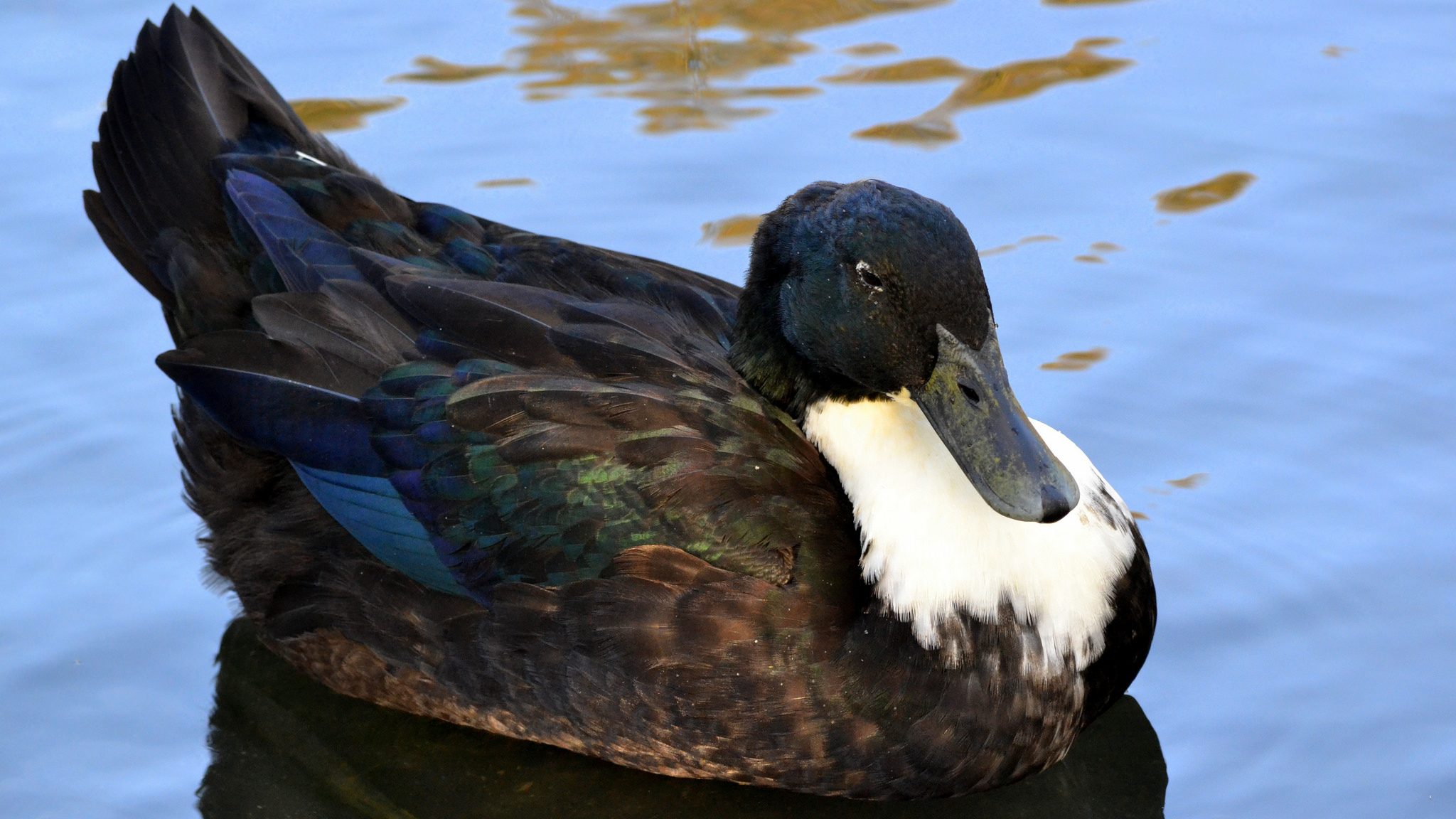
A variety of domestic mallard known as the “Blue Swedish.” Photo © Tracie Hall / Flickr If you’re even a novice birder anywhere in North America (and many other places), you know mallards. They’re the most common bird you see in ponds and lakes. They’re everywhere. Oftentimes, urban duck spotting is an exercise in visually sorting through flock after flock of mallards.
You may not realize this: Most of the weird ducks you’re seeing are mallards, too.
Most domestic duck varieties are actually mallards. These domestic mallards can be white, black or a mix of colors. Some are bulky and others streamlined. These ducks may not look much like mallards, but they’re the same species. Perhaps the weirdest are the ones with tufts on their heads.
The 10,000 Birds blog (an excellent resource with lots of stories on waterfowl watching) explains that “the crest is formed from fatty tissue that seeps through a gap in the bird’s deformed skull.”
Over time, these domestic mallards have escaped or been released by irresponsible owners, mixing it up with local flocks. These feral birds are commonly called “manky mallards” by enthusiasts. Since there is such a wide variance, this can create a regular birding headache.
But look closely at that weird duck. Often, if you study it, it bears a resemblance to mallards. Many drakes have the characteristic green head. Consider the body shape and the bill.
Before you get excited about your find, rule out the mallard.
-
Mallard Hybrids
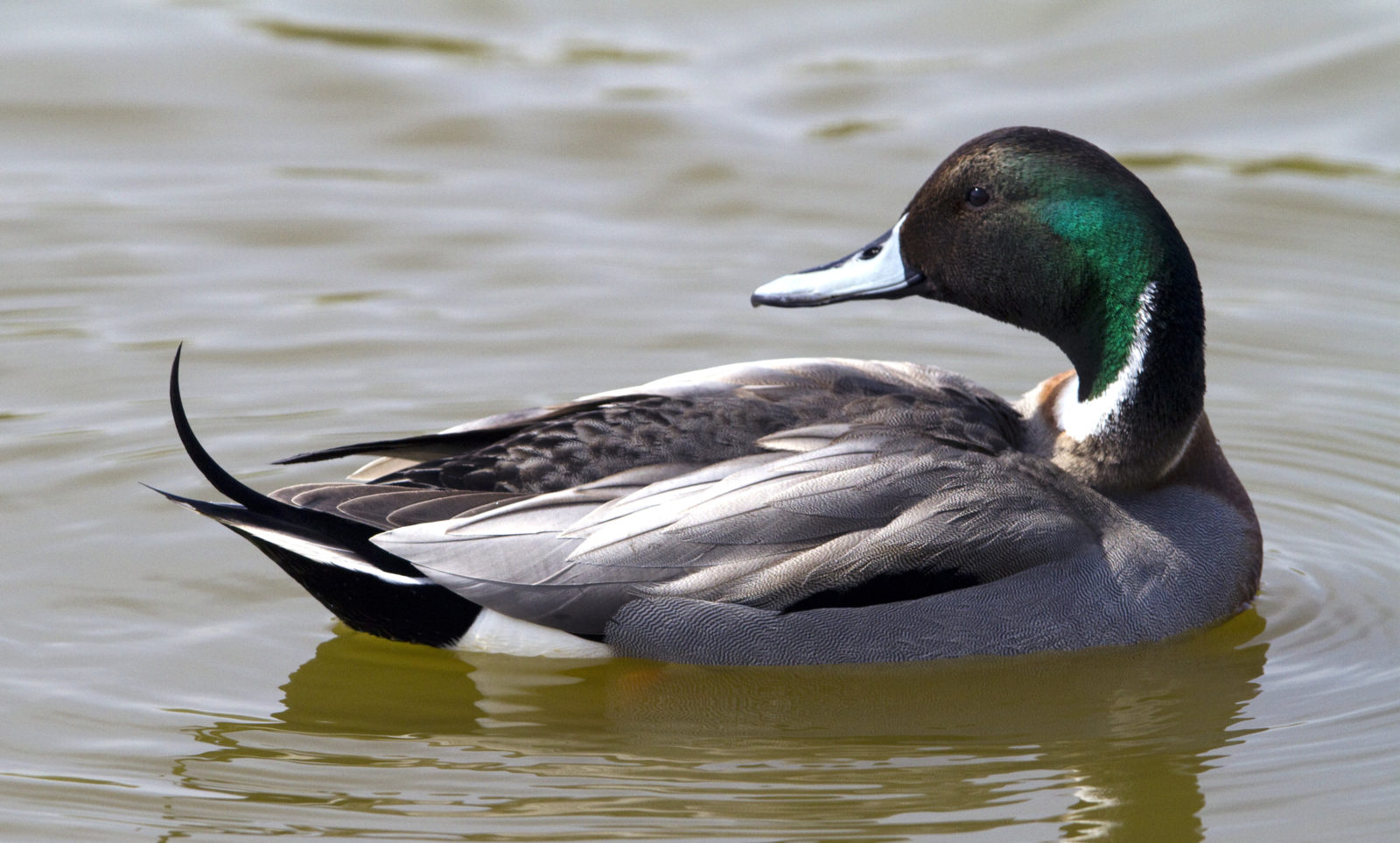
A Mallard x Northern Pintail hybrid. Photo © Ryan Leche Photography / Flickr And there’s another twist with those mallards. Mallard thrive alongside humanity, abetted by hunting clubs that have introduced them widely, even outside their native range. Male mallards also happen to be highly aggressive breeders. They’ll outcompete other ducks and hybridize readily.
This results in some really bizarre looking birds. 10,000 Birds blog reports that in North America mallards are most likely to hybridize with black ducks and pintails.
Mallard hybrids are not new: John James Audubon painted the “Brewer’s duck”, which actually is a mallard-gadwall hybrid. But as mallards have been spread around the globe, the prevalence of hybrids has undoubtedly increased.
This can be a genuine conservation threat in some places. In New Zealand, for instance, mallards have hybridized with the native gray duck to such an extent that few genetically pure gray ducks may remain.
-
Muscovy Ducks
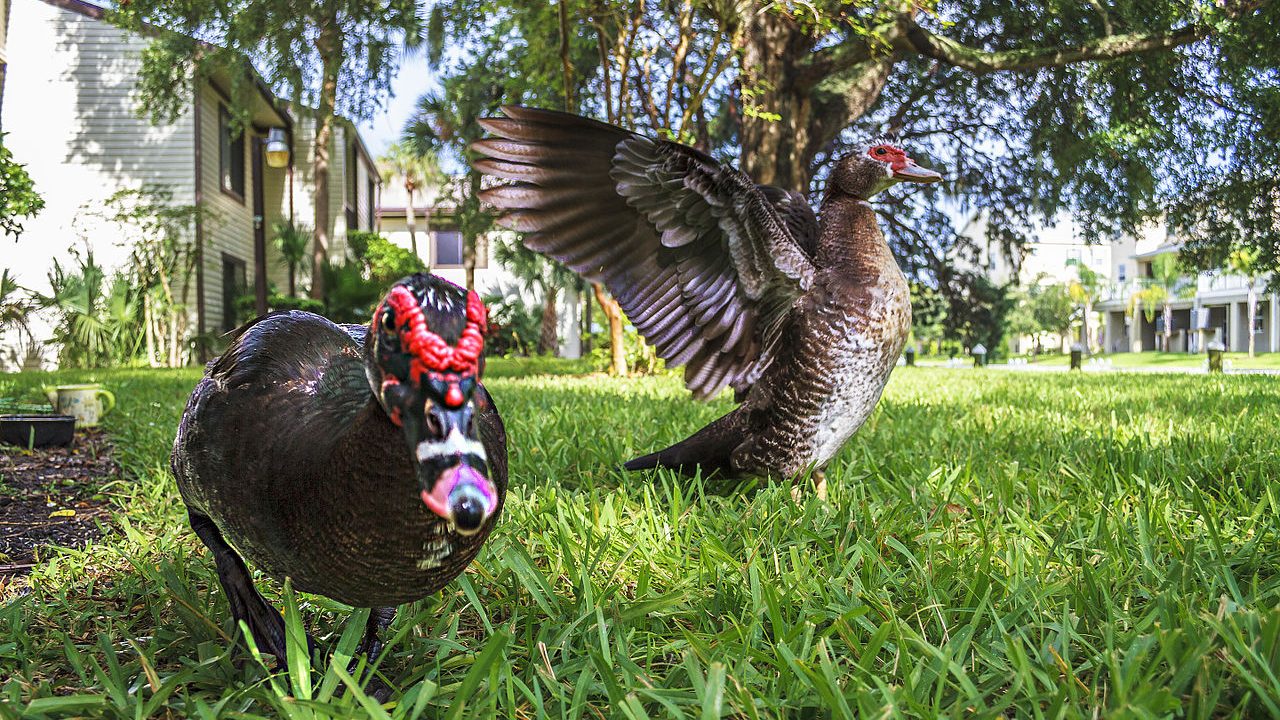
Muscovy ducks in Florida. Photo © Jenny Peters / Wikimedia Commons Muscovy ducks are another domesticated variety that can frequently be seen at local parks in many parts of the globe. These are not mallards. They have a distinct appearance, with intense red wattling around their eyes. Most I see in my local parks are white, although they can be black or have black highlights.
I admit that Muscovy ducks were long one of my least favorite waterfowl species. My perspective was tainted by the fact that my grandparents kept them in their poultry yard, and they were dirty and mean-spirited birds. They’d often chase us. When I see them in city parks, they often have a shabby appearance, and those red wattles do not help.
My opinion changed when I saw these ducks in their native habitat in the Amazon. Here, they looked striking, their black-and-white markings standing in contrast to bright-red faces. Even nuisance species are beautiful when they live where they belong.
-
Mandarin Ducks and Other Exotics

A Mandarin duck. © 3268zauber / Wikimedia Commons Mallards and Muscovy ducks are the common barnyard waterfowl species, but most of the world’s duck species are bred in captivity. Many are exhibited in zoos and by private collectors. And, at times, they escape.
Therefore, almost any of the world’s waterfowl species could appear at your local pond. After you’ve ruled out mallards, you may need to conduct a more global species search.
Mandarin ducks are one of the most common “ornamental” ducks kept by private collectors. I’ve seen them in city ponds in both the United States and England. They are pretty much unmistakable. In fact, right now there is a mandarin duck in Central Park that has earned celebrity status, attracting crowds of photographers and curious onlookers as well as widespread media attention.
-
Eurasian Wigeon
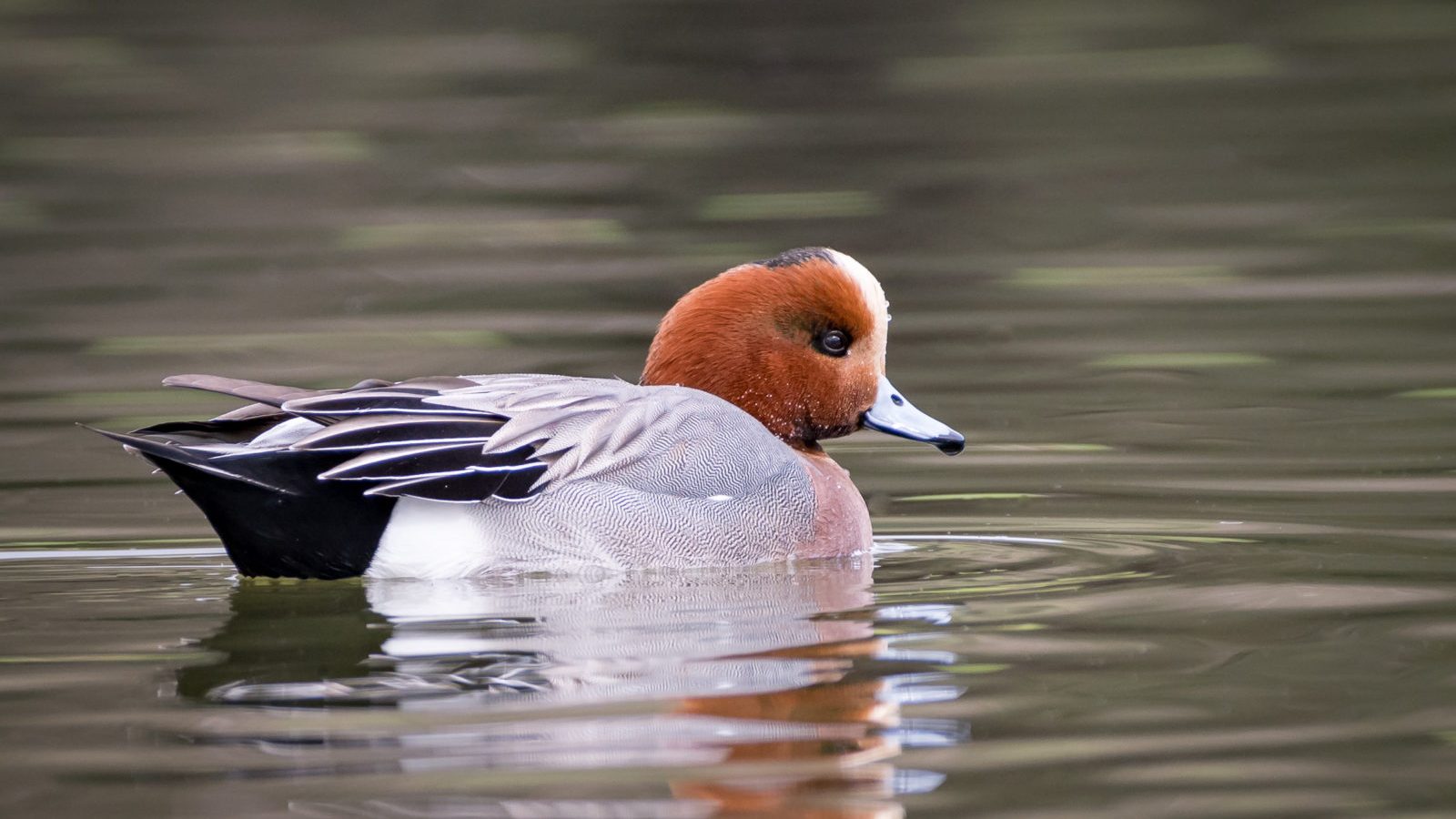
A male Eurasian Wigeon. Photo © Becky Matsubara / Flickr As if all these escaped birds didn’t create enough confusion, there’s another twist: Wild waterfowl can show up in places where they aren’t normally seen. As migratory birds, sometimes they get blown off course, or just deviate from their normal routes. These are called vagrants, and spotting them is an obsession among hard-core listers.
One of the more usual vagrants, in my experience, is the Eurasian wigeon. Every few years, one is spotted on one of my local Boise ponds. These are often reported on birding social media groups, although the one I did see came during one of my normal duck-spotting outings. They seem to be spotted fairly regularly in different parts of the United States.
The males are quite distinctive with their cinnamon heads. And they are shaped like an American wigeon. The females are more difficult to discern, but online resources can help.
-
Other Vagrants
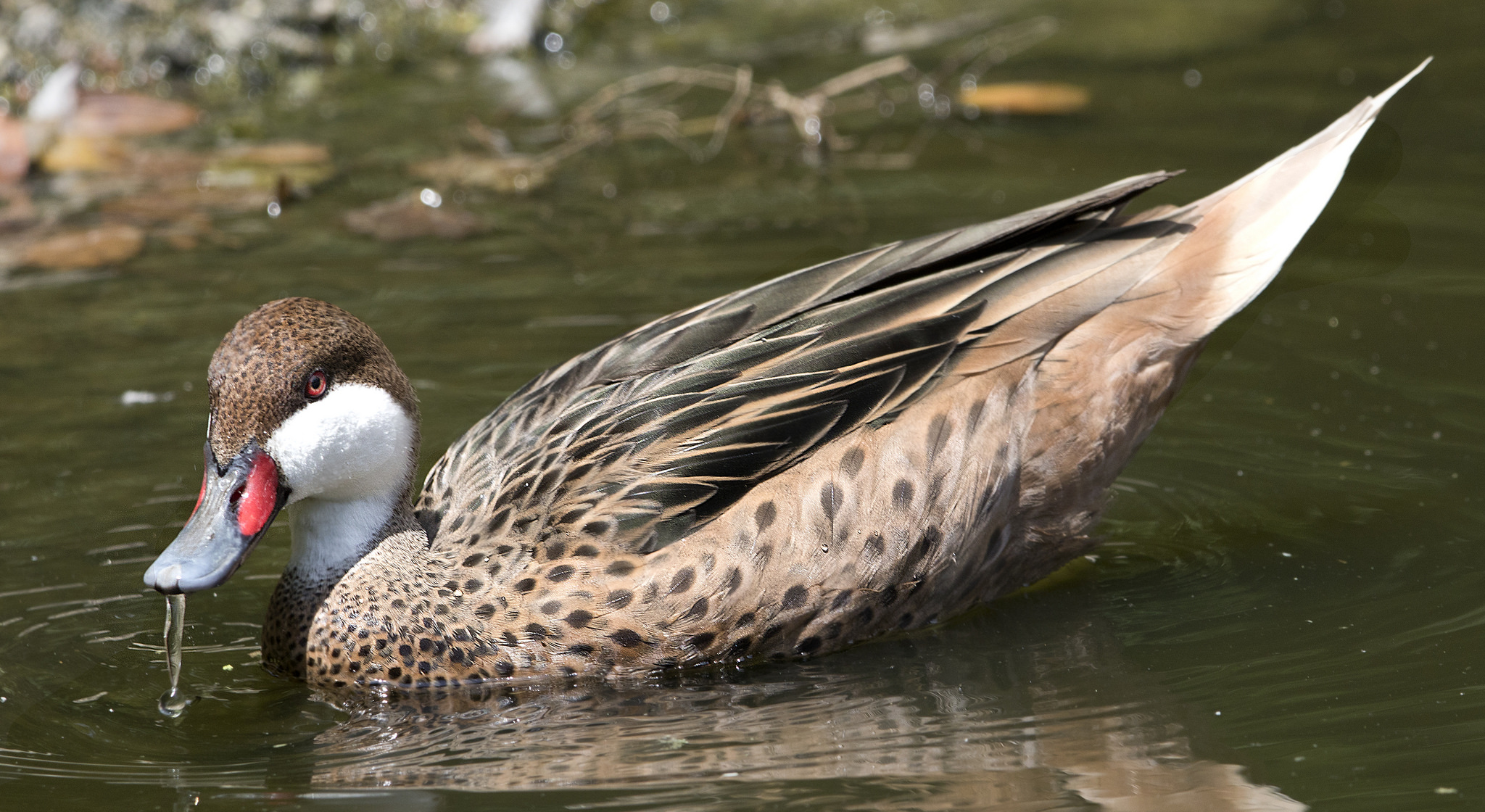
White-cheeked pintail. Photo © C Watts / Flickr Here’s the part that causes real consternation among hard-core listers. Vagrants “count” on their lists; aviary escapes do not. How do you tell the difference?
In can be difficult. As Audubon notes, the white-cheeked pintail is a vagrant that is not all that unusual in Florida. But this bird is also kept in captivity. What if it shows up in North Carolina?
And migratory patterns can change. Audubon notes that barnacle geese and pink-footed geese, which nest in Iceland and Greenland, were once rarely seen in North America. Any sightings were considered captive escapees. Now, wild birds are being regularly seen, due to substantial population increases for both species.
There are birding committees that rule on whether a bird is “officially” wild, and they use a variety of evidence to base their opinions.
But 10,000 Birds makes the convincing case that maybe these committees get in the way of actual citizen science. Birders assume the birds they see are only escapees, and thus don’t report them. And the blog notes that, like it or not, escapees are now a part of the birding landscape.
So note those weird ducks, because they may just be a noteworthy find, or the beginning of a new migration trend. And let us know any cool sightings you’ve had in the comments section.
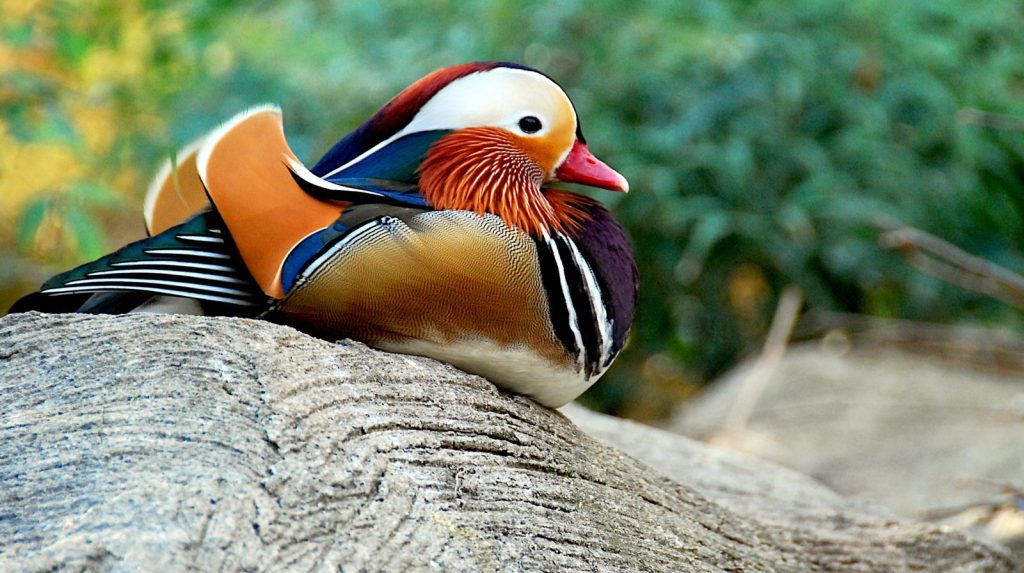



I live in Las Cruces NM & we have a pond (Young Park), that is maintained by the city. Last fall they cleaned the pond & relocated all the ducks with people that had ponds. I think the city is hopefull that no more ducks return but of course many will fly back in. The city also stocks the pond for fishing.
When the pond water is full again, (I hope this spring) I will be visiting & hopefully watching the ducks again.
Is there anything I can do for The Nature Conservancy or any other organization to record the birds that live or fly in at Young Park.
Thank You,
Hi Olivia,
There are several citizen science programs that allow you to record your sightings and they also help biologists track populations trends, migration routes, etc. I would start with:
eBird: https://ebird.org/home
Cornell Lab of Ornithology’s “Celebrate Urban Birds” program: https://celebrateurbanbirds.org
iNaturalist: https://www.inaturalist.org/
I hope this helps.
Matt Miller
Editor, Cool Green Science
The mandarin duck is gorgeous!
Last spring, in Monroe Township, N.J., and later in Manalapan, nearby, there was a flock of Black-Bellied Whistling ducks one, then another, vernal ponds. They are not at all indigenous to N.J. We have had Roseate Spoonbills in N.J., and Sandhill Cranes, in 2018.
About 6 years ago 4 large geese showed up in our Lake Michigan community. They were quite large and brown. They still exist here and stay through our winter. They coexist with our regular flock of geese.
On 6/9/17 paddling back to Lake Wabesa from Lower Mud Lake in Madison,WI I believe I saw a family of Greater White-fronted Geese! (Thick neck, white bottom, dark grey neck and wings, and thick orange beak!) Wish that I had taken a picture.
Last year I was visited on my farm by an Egyptian goose. It didn’t stay more than a day, but a few years earlier I had on stay for weeks and I thought he’d become a permanent resident – not so. I assumed both times that it was an escapae. How have the sightings of this species gone these past few years?